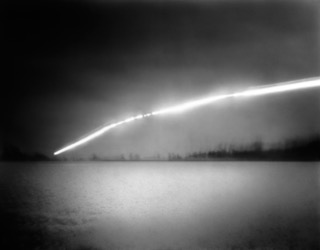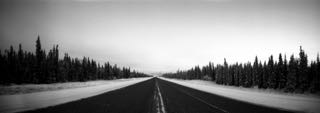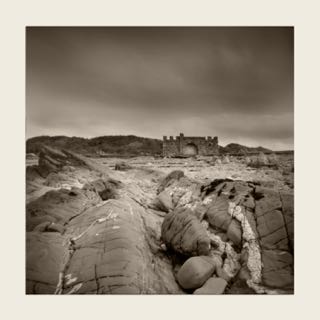Nature landscape photography can be deceivingly hard. Not the composition or the exposure, or even the expression, but rather the challenge of telling the viewer something new about the natural landscape. Even once you nail the composition, exposure, and expression that you were aiming for, there’s a massive body of work produced by the photography community that you are measured by – not least that 800lb gorilla that is revered both inside and outside the photographic community: Ansel Adams.
There are thus two ways to excel at nature landscape photography today: go somewhere exotic; or excel at bringing subject, form, and content into harmony. The problem with the former is it’s not really about the art, it’s about deep pockets. Thus the latter is where art shines through as it doesn’t matter where the photo was taken – it tells its own story, with any setting being happenstance. It’s with this backdrop that I’m always impressed by the natural landscape photographer that tells me something new with their photos.
This creative challenge is a large factor in my affinity to pinhole photography. The limited toolset knocks a person off balance and forces the photographer to consider the variables differently, learn to use those limitations as strengths, and think about what is being put into an image more thoroughly. I strongly believe that from this extended experience, a photographer who uses both pinhole and lensed photography will be able to see more photo opportunities. But I digress…
Corine Hörmann is a nature landscape photographer who, in her series Test of Time, has shown me something new. She’s a Dutch photographer who was introduced to pinhole by one of her Art School teachers in 1997, and hasn’t looked back since.
Corine is a natural landscape photographer who is always seeking to capture a sense of wonder in the world. In the Test of Time series of photos, she’s attempting to capture the passing of time in a single image. The exposures are made over the course of 8 to 48 hours, creating contrasty scenes that show the passage of a day or days. Not quite solargraphy, but further extended than your average photograph, there is a peaceful glow in her photos that is only disturbed by the burning passage of the sun. Corine explains further in her project statement:
“This series was created from the desire to visualize the passage of time. I started looking for possibilities to photograph landscapes with a one day exposure time. After doing some research I started experimenting with an exposure of 12 hours using film negatives. In order not to overexpose the film I used several layers of neutral density filter. After weeks of experimenting with different exposure times, film and neutral density filter combinations the first exposures were successful and it is an ongoing project now. I leave the light to affect the film from 8 until 48 hours. The path that the sun describes in the sky and its reflection on the water constructs the image and the result is dependent on this. The line is sometimes interrupted which means that it was cloudy at that specific moment. During the progress I discovered that I am attracted by the cyclic movement of time and water as an important aspect of our human existence and as the most mysterious thing there is. In these photo’s I try to concentrate on the contemplative nature of water in connection with the theme of time. Where is the past gone and where does the future come from? Time flows like water and at the same time water is the primeval sea in many creation myths and the source of all life. It works like a mirror that reflects the universe. In these pictures water and light are like metaphors to visualize the passage of time. In the photos the difference between the seasons is quit clear. You will see the water with a frozen surface and a low sun but also the reflective surface of liquid water while the sun is high in the sky. So the cyclic movement of time is not only shown in a single photo but also in a series of images.”
Please enjoy the following selection from her Test of Time series – if you’re hungry for more from the series, you can satiate that need on her site. The rest of Corine’s work, as well as further background, can be found on her website. You can also follow along on Instagram or Facebook.
Test of Time 1
[singlepic id=286 w=600]©Corine Hörmann 2016[/singlepic]
Test of Time 3
[singlepic id=294 w=600]©Corine Hörmann 2016[/singlepic]
Test of Time 5
[singlepic id=296 w=600]©Corine Hörmann 2016[/singlepic]
Test of Time 6
[singlepic id=297 w=600]©Corine Hörmann 2016[/singlepic]
Test of Time 8
[singlepic id=299 w=600]©Corine Hörmann 2016[/singlepic]
Test of Time 10
[singlepic id=287 w=600]©Corine Hörmann 2016[/singlepic]
Test of Time 11
[singlepic id=288 w=600]©Corine Hörmann 2016[/singlepic]
Test of Time 13
[singlepic id=290 w=600]©Corine Hörmann 2016[/singlepic]
Test of Time 14
[singlepic id=291 w=600]©Corine Hörmann 2016[/singlepic]
Test of Time 15
[singlepic id=292 w=600]©Corine Hörmann 2016[/singlepic]



